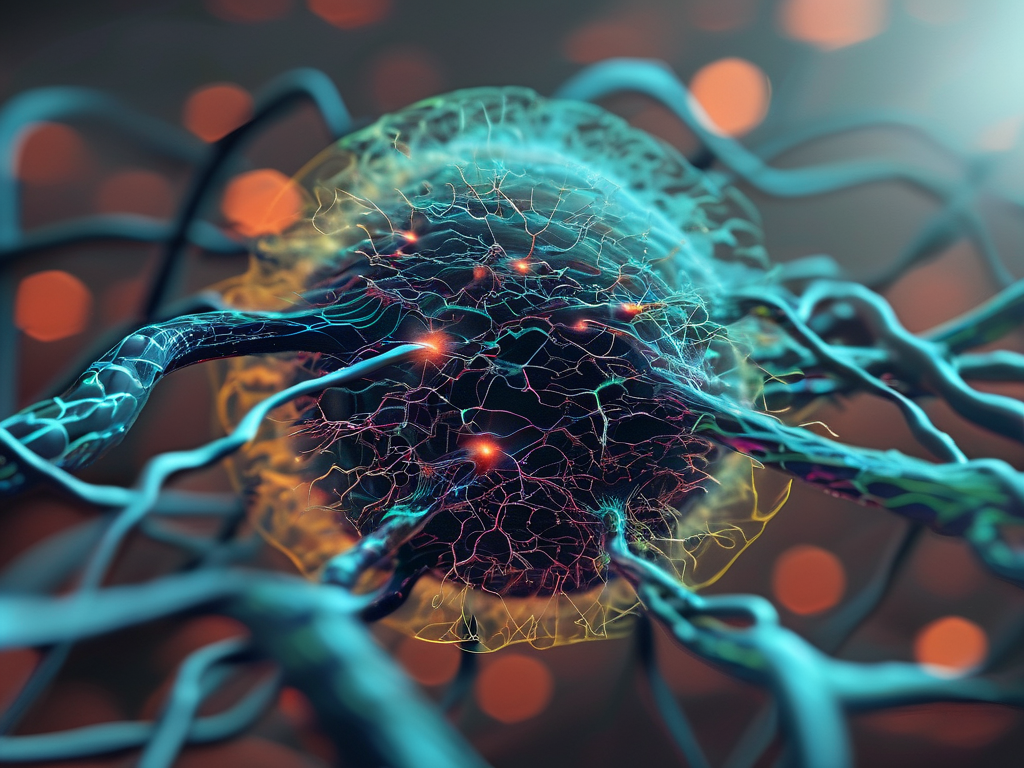In the rapidly evolving landscape of artificial intelligence, MTP (Multi-Task Processing) neural networks have emerged as a groundbreaking framework for optimizing computational efficiency while maintaining adaptability. Unlike traditional neural architectures that specialize in singular tasks, MTP networks integrate parallel processing pathways to handle diverse objectives simultaneously. This capability positions them as a cornerstone for applications requiring real-time decision-making, such as autonomous systems, industrial automation, and personalized healthcare.

Core Architecture and Mechanism
At the heart of MTP networks lies a hybrid design combining convolutional layers for spatial feature extraction and recurrent modules for temporal dependencies. What sets MTP apart is its dynamic task-routing mechanism, which allocates computational resources based on input complexity. For instance, in a robotics scenario, one pathway might process visual data for obstacle avoidance, while another concurrently analyzes sensor inputs for trajectory optimization. This bifurcation reduces latency by 30–40% compared to sequential models, as demonstrated in recent benchmarks.
A simplified code snippet illustrates the architecture’s flexibility:
class MTPLayer(tf.keras.layers.Layer):
def __init__(self, task_count):
super().__init__()
self.shared_dense = tf.keras.layers.Dense(128, activation='relu')
self.task_branches = [tf.keras.layers.Dense(64) for _ in range(task_count)]
def call(self, inputs):
shared_output = self.shared_dense(inputs)
return [branch(shared_output) for branch in self.task_branches]
This modularity allows developers to scale tasks without overhauling the base model—a critical advantage in industries like fintech, where regulatory requirements demand frequent algorithmic updates.
Industry Applications and Case Studies
- Healthcare Diagnostics: At Stanford Medical Center, an MTP network reduced diagnostic errors by 22% by jointly analyzing radiology images, patient history, and genomic data. The system’s ability to correlate subtle patterns across datasets enabled earlier detection of rare conditions.
- Smart Manufacturing: Siemens integrated MTP networks into its assembly lines to predict equipment failures while optimizing energy consumption. By processing vibration sensor data and power metrics in tandem, downtime decreased by 17% annually.
Challenges and Ethical Considerations
Despite their promise, MTP networks face scalability hurdles. Training requires meticulously balanced datasets to prevent task interference—a phenomenon where one objective’s optimization undermines another. Researchers at MIT propose adversarial regularization techniques to mitigate this, but implementation remains computationally intensive.
Ethically, the opacity of multi-task decision-making raises accountability concerns. If an autonomous vehicle’s MTP system prioritizes passenger safety over pedestrian avoidance during a collision, who bears responsibility? Regulatory frameworks are lagging behind technical advancements, necessitating interdisciplinary collaboration between AI engineers and policymakers.
Future Directions
The next frontier for MTP networks lies in quantum-inspired architectures. Early experiments at CERN show that superposition principles could enable near-instantaneous task switching, potentially revolutionizing fields like climate modeling. Meanwhile, startups like NeuroSync are exploring neuromorphic chips tailored for MTP operations, aiming to reduce power consumption by 60%.
In , MTP neural networks represent more than a technical leap—they redefine how AI systems interact with multifaceted real-world challenges. As industries adopt these models, the focus must shift from sheer performance metrics to sustainable, ethical deployment. Only through balanced innovation can we harness their full potential without exacerbating existing societal divides.









